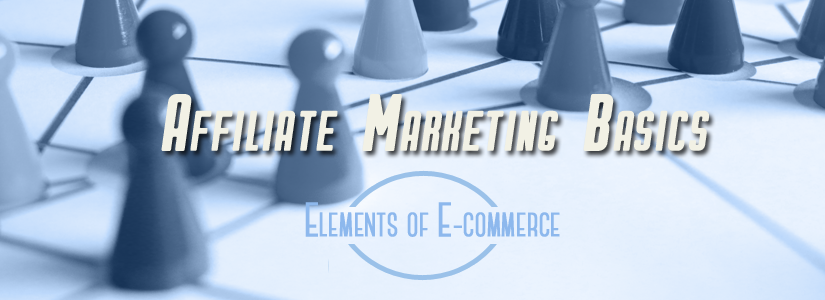
Elements of E-Commerce | Affiliate Marketing Basics
Welcome to Thanx Media’s “Elements of E-Commerce” blog series. Follow along as we wade through the nuts and bolts of e-commerce technologies that you need to know.
What is Affiliate Marketing?
Affiliate marketing uses a third-party website (or other platform) to give buyers information about products and/or links to actually buy the product. Think a blog that talks about coffee and has links scattered throughout its posts to coffee-related products for sale. An advertiser pays the third-party when a reader connects to a product via the third-party website’s link.
Why do companies want to partner with affiliates? The goal here is to reach a demographic interested in the company’s product by way of connection with a source trusted by those consumers. We know that buyers are about 70% more likely to trust a recommendation or social media referral than traditional advertising. Affiliate marketing gets at least one step closer to that recommendation: a buyer can feel more personally aligned with a product that shows up on a website she knows and likes than she will with a generic search result ad. And some affiliate marketers will actually offer product recommendations.
Understanding How to Connect with Affiliate Sites and What They Will Do
Companies can start affiliate marketing campaigns in two main ways:
Advertiser-Publisher. Familiar with a cool website that’s a good fit for your brand? You can connect directly with blog authors, consumer review sites, or partners in other forums (known as the “publishers”) that are a good fit to promote your products and that you know offer affiliate advertising.
Advertiser-Network-Publisher. You can also use an affiliate network to identify the affiliates that fit best. These networks gather information about which websites and forums offer affiliate advertising and the types of audiences they reach.
Different publishers offer different forms of advertising:
1. Unattached (or indirect) affiliate marketing is generally a link on the publisher’s website or social media feed to products and offers. Along the lines of banner ads, unattached affiliate marketing doesn’t relate directly to the publisher’s content. Some publishers will just sell you space for links and ads to show up alongside whatever else they are displaying. The publisher doesn’t offer any analysis or recommendation, but this arrangement does give your product visibility to a popular publisher’s dedicated audience.
2. Related (sometimes called direct) affiliate marketing is a link to a product or offer that is related to the publisher’s audience or content. We can go back to the idea of the coffee blog here. The coffee blogger may be willing to sell space in-between paragraphs of her blog posts for links to products and offers that are coffee-related. In this form the publisher is not necessarily discussing the product, but the advertiser can reach a targeted demographic.
3. Involved affiliate marketing is a recommendation and a link to products and offers. Some publishers will test your product and personally recommend the product to their followers, alongside a link to buy.
What are the forums that will work best for your affiliate marketing campaign and how do you plan your budget? Come back for Part II of our Affiliate Marketing discussion for more on planning your campaign.

